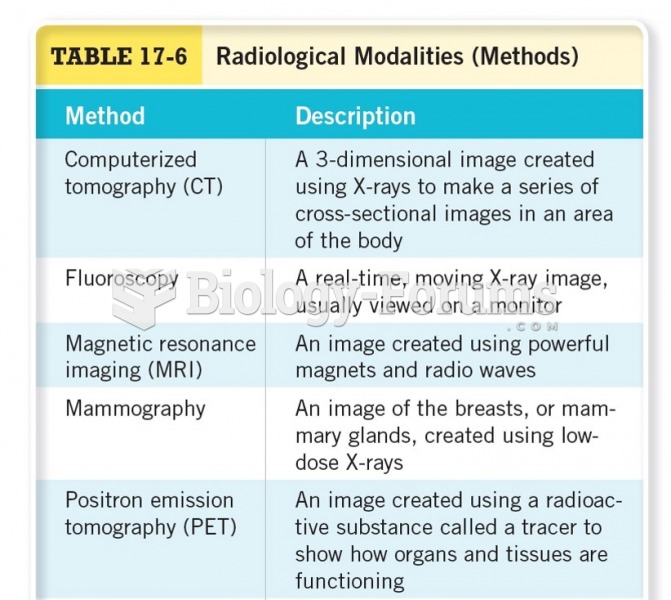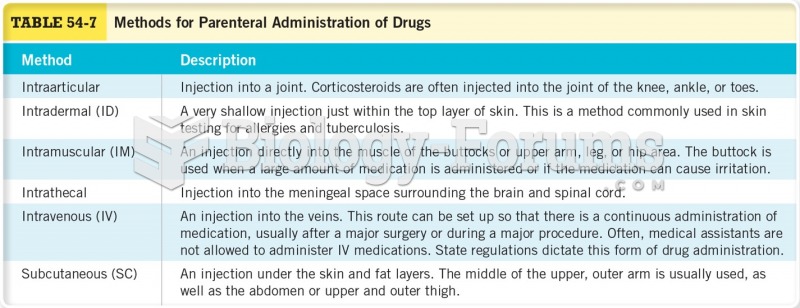Answer to Question 1
A double-blind lineup is one in which the investigator conducting the lineup (or assembling a photo array) does not know who the suspect is. This helps ensure that the investigator will not lead the witness in a particular direction.
A double-blind lineup requires at least two investigators instead of the usual one: one to know the identity of the suspect and another to administer the lineup without knowing the suspect's real identity. One solution to this problem is to use a virtual officer to conduct the procedure.
Answer to Question 2
Lineups
Suspects may be forced to participate in lineups because lineups exhibit physical characteristics, not testimonial evidence. Suspects placed in lineups may also be required to supply voice exemplars, but solely for identification purposes, not as a confession. If a suspect refuses to participate in a lineup, he or she can be cited with contempt and the prosecutor may comment at trial about the suspect's refusal to cooperate.
Showups
A showup is a one-on-one confrontation between the victim and the offender, usually conducted outside the courtroom setting. Specifically, a showup is usually held when the suspect has been apprehended shortly after having committed the crime and the witness is still at or near the scene of the crime. A lineup is always preferable to a showup because a lineup includes several potential suspects, and a showup is usually unnecessarily suggestive.
Photographic Identifications
In Simmons v. United States, 390 U.S. 377 (1968), the Supreme Court shed some light on the importance of a carefully constructed photographic array:
Despite the hazards of initial identification by photograph, this procedure has been used widely and effectively in criminal law enforcement, from the standpoint both of apprehending offenders and of sparing innocent suspects the ignominy of arrest by allowing eyewitnesses to exonerate them through scrutiny of photographs. The danger that use of the technique may result in convictions based on misidentification may be substantially lessened by a course of cross-examination at trial which exposes to the jury the method's potential for error. We are unwilling to prohibit its employment, either in the exercise of our supervisory power or, still less, as a matter of constitutional requirement. Instead, we hold that each case must be considered on its own facts, and that convictions based on eyewitness identification at trial following a pretrial identification by photograph will be set aside on that ground only if the photographic identification procedure was so impermissibly suggestive as to give rise to a very substantial likelihood of irreparable misidentification.







